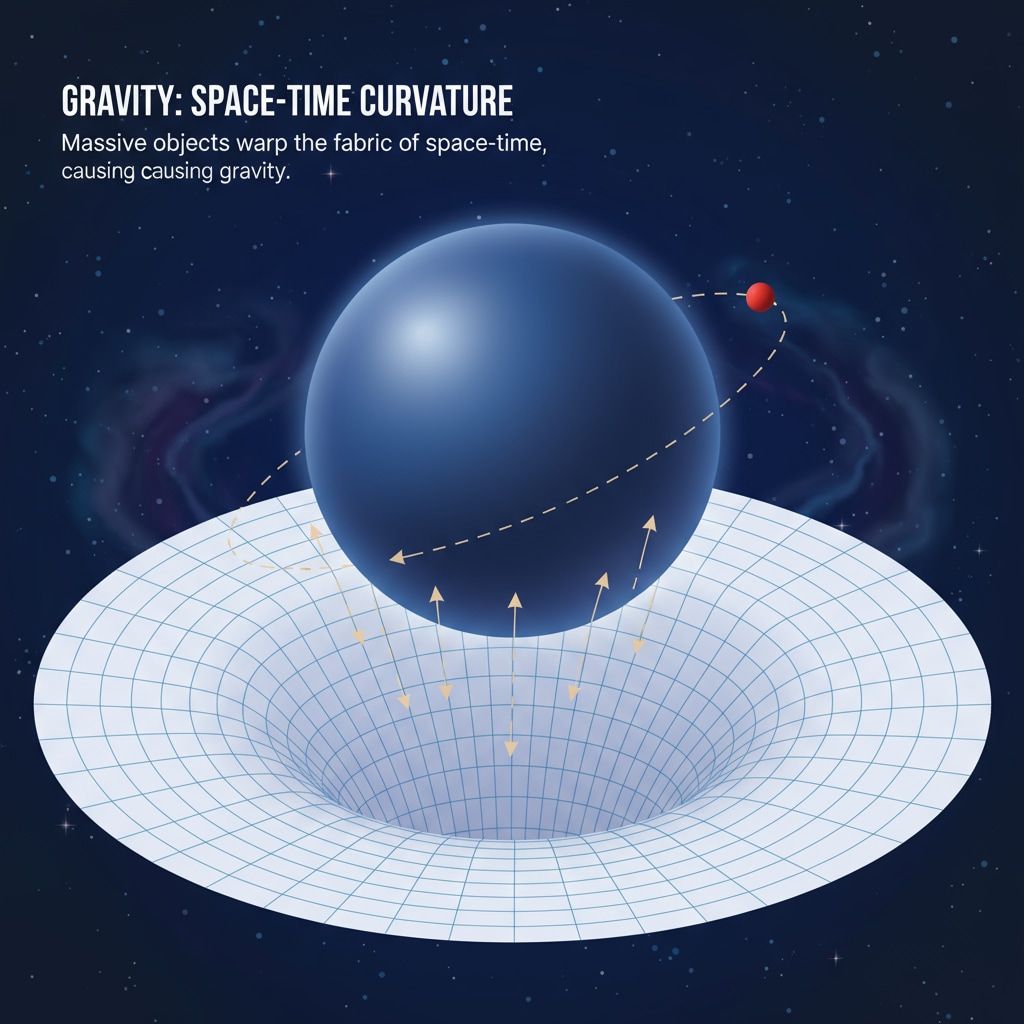The concept of time warp due to gravity and its implications in our daily lives is a topic that bridges the gap between complex physics and our everyday experiences. Einstein’s general relativity has shown that gravity can bend time, a phenomenon that not only has profound scientific implications but also offers interesting insights into our daily existence.

The Science Behind Gravity and Time Warp
According to Einstein’s general relativity, gravity is not just a force but a curvature of space-time. Massive objects like planets and stars cause this curvature. As a result, time passes at different rates depending on the strength of the gravitational field. For example, time runs slower near a massive object compared to a region with a weaker gravitational pull. This is known as gravitational time dilation. General Relativity on Wikipedia explains this complex theory in detail.

Everyday Life Implications of Gravitational Time Dilation
In our daily lives, the effects of gravitational time dilation are extremely small and often go unnoticed. However, they are significant in some modern technologies. For instance, in the Global Positioning System (GPS), satellites are in a weaker gravitational field compared to the Earth’s surface. To ensure accurate location tracking, the time on the satellites’ clocks has to be adjusted to account for the difference in the passage of time due to gravity. Without these corrections, GPS devices would be inaccurate by several kilometers within a day. Gravitational Time Dilation on Britannica provides more information on this.
Another area where gravitational time dilation has an impact is in high-precision timekeeping. Atomic clocks, which are used for various scientific and technological applications, are so precise that they can detect even the slightest differences in time flow due to gravity. This has led to a better understanding of the Earth’s gravitational field and its variations.
Readability guidance: By breaking down complex concepts into simple terms, we can see how gravity and time dilation are relevant in our lives. Using examples like GPS and atomic clocks makes these abstract ideas more tangible. In addition, we can use this knowledge to inspire students in K12 education.


